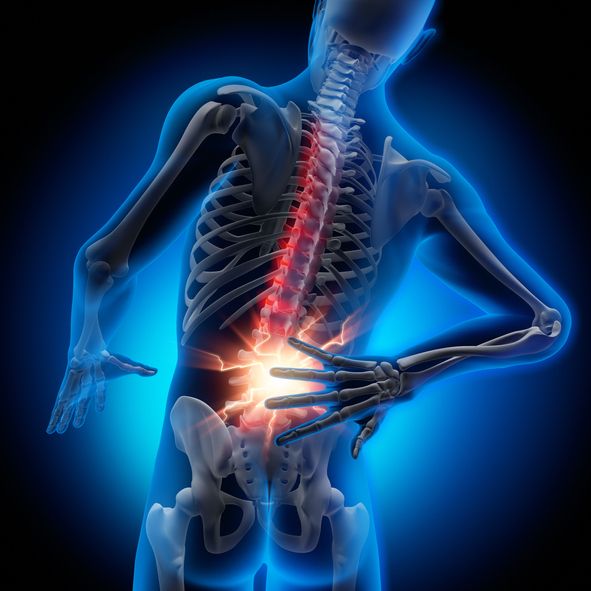Don't Fall to panchakarma treatment Blindly, Read This Article
Don't Fall to panchakarma treatment Blindly, Read This Article
Blog Article
Lower neck and back pain is something that many of us experience at some time in our lives, with up to 85% of adults handling it. Whether it's a dull, nagging ache or a sharp, consistent pain, it can be exceptionally disruptive. The majority of the time, it stems from issues in the lower spine, tense muscles, and even neighboring organs. While standard treatments focus on managing symptoms, integrative approaches like Ayurveda, Yoga, and Acupuncture dive deeper, attending to both the physical pain and the psychological toll that pain can handle us.
What Causes Lower Back Pain?
Lower back pain can come from a variety of sources, such as:
● Problems in the lumbar spine: Issues with the vertebrae or discs in the lower back.
● Muscle stress: Overworked or irritated muscles from poor posture, overexertion, or stress.
● Nerve compression: Commonly triggered by a herniated disc continuing close-by nerves.
● Internal organ problems: Pain referred from organs in the pelvic or stomach.
If your pain is extreme, sticks around regardless of rest, or features signs like leg pain, feeling numb, weak point, or inexplicable weight-loss, it's crucial to see a medical professional.
How Ayurveda Can Help
Ayurveda, with its holistic and reliable solutions, uses natural services for treating lower neck and back pain. Here are some therapies that can help:
● Kati Basti: This includes using warm, medicated oil straight to the lower back. The heat and oil collaborate to relieve stiffness, promote blood circulation, and relieve pain.
● Elakizhi: Medicated natural leaves are used in a hot compress to relieve muscle stress and promote recovery.
● Panchakarma (Basti): This treatment utilizes a medicated enema to calm Vata dosha (one of the body's energy types). Vata imbalance is typically connected to neck and back pain, and Basti helps bring back balance, lower swelling, and prevent reoccurrence.
Acupuncture for Pain Relief
Acupuncture is another effective way to manage pain in the back. By
placing fine needles into specific points on the body, acupuncture:
● Stimulates the release of endorphins, the body's natural painkiller.
● Improves flow and decreases inflammation in the afflicted area.
● Works hand-in-hand with Ayurveda to use a well-rounded and efficient pain management solution.
Yoga for Long-Term Relief
Yoga matches Ayurveda and Acupuncture, offering a method to handle pain on a daily basis. It assists by:
● Stretching and enhancing the muscles: Yoga poses can assist improve flexibility and ease stress in the back.
● Breathing exercises and meditation: These practices relax the mind, decrease stress, and support your body's natural recovery process.
While yoga alone may not completely remove the underlying causes of lower back pain, it can considerably ease pain and help keep a healthy, pain-free back in time.
A Holistic Approach for Lasting Relief
By integrating Ayurveda, Yoga, and Acupuncture, you're not just dealing with the symptoms-- you're resolving the root causes of lower pain in the back. These therapies interact to balance the mind and body, offering a more natural and detailed solution to pain relief. With this integrative method, you can discover not only physical ayurvedic therapy for weight loss relief however also a greater sense of wellness and balance in your life.
If you're looking for a long-lasting, holistic way to manage your lower pain in the back, these therapies could be the response.